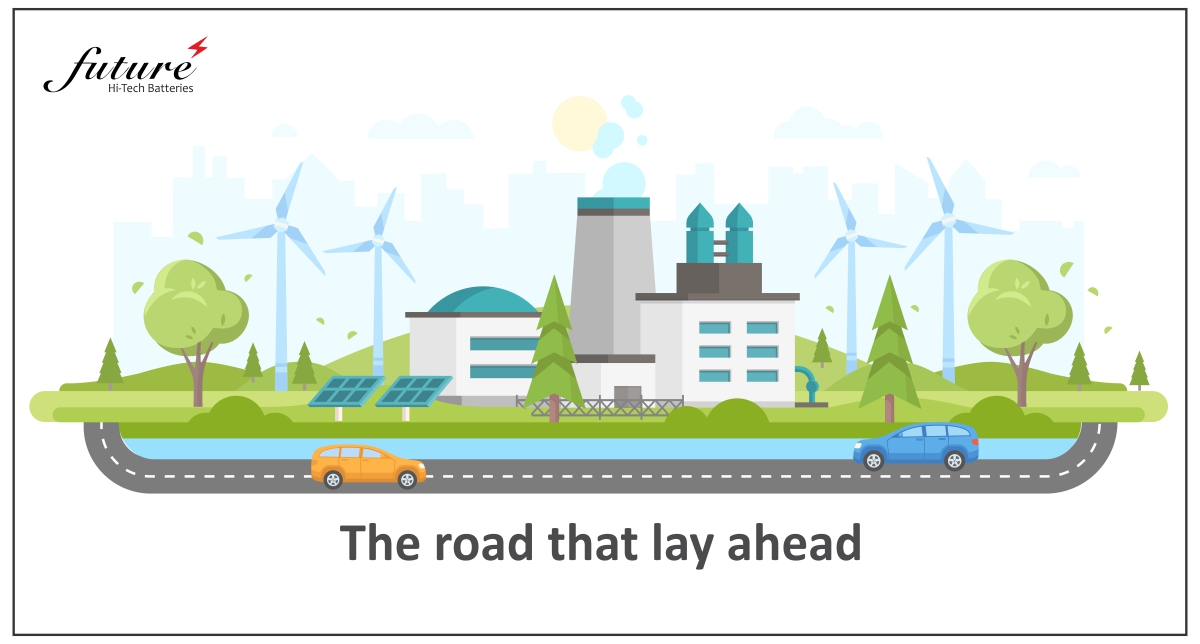India has presented ambitious targets for the quick adoption of Electric Vehicle (EV) technology; this also in light of other influencing factors like the signing of the Paris Agreement. However, is the country challenged with an infrastructure problem to deliver? Here’s an assessment…
As nations present ambitious targets and put forth agreements that bind them equally to the cause, India continues to accelerate efforts to transform its e-mobility sector.
Parish Agreement for EV Technology
In light of the Parish Agreement, India has a higher Electric Vehicle (EV) target to achieve by the year 2030 – it hopes that electric vehicles represent 70% of commercial cars, 30% of private cars, 40% of bus transportation, and 80% of bikes and three-wheeler transactions. And how will this be achieved? The country aims to achieve this through strategic planning and the execution of local policies. However, a key question in the minds of industry representatives is whether we are equipped with the infrastructure to support the introduction of EVs.
,p> Union Minister, Nitin Gadkari, said if electric vehicles expand to 40% in the two-wheeler and car segments and close to 100% for buses by 2030, India would be able to cut crude oil consumption by 156 million tonnes, worth ₹3.5 lakh crore. “There is an immediate need to decarbonise the transport sector and make it sustainable from the economy, ecology, and environmental point of view,” he said, addressing an event organised by FICCI virtually. The Road Transport and Highways Minister pointed out that in the EV mission, NITI Aayog has inspired 25 States to come up with EV policies, out of which 15 have already announced State EV policy.However, infrastructure is the ‘big’ word that the country needs to deal with. Reports suggest that India will eventually require in-home charging infrastructure as well as 2,900,000 public charging stations as compared to the present 1800. This averages off to an additional expenditure of around INR 20,600 crore.
Authorities on the subject tell us that the smooth coordination among central and the state government, in addition to the automobile industry and Lithium-ion battery manufacturers will be crucial.
Another nudge in the right direction has been the de-licencing of public charging stations by the Ministry of Power and the Central Electricity Authority (CEA). As long as the station complies with the technical, safety, and performance standards and protocols outlined, as well as any other norms, standards, or specifications established by the Ministry of Power and the Central Electricity Authority (CEA) from time to time.
Hence, to meet its commitment to climate change and the Paris Agreement for EV Technology, India is in the right direction in this move to electric vehicles. India is committed to progress and to reaching its targets by pursuing the right strategy needed for infrastructure.
Follow us on LinkedIn.
Lorem ipsum dolor sit amet, nec in adipiscing purus luctus, urna pellentesque fringilla vel, non sed arcu integer, mauris ullamcorper ante ut non torquent.










Your Comment Please